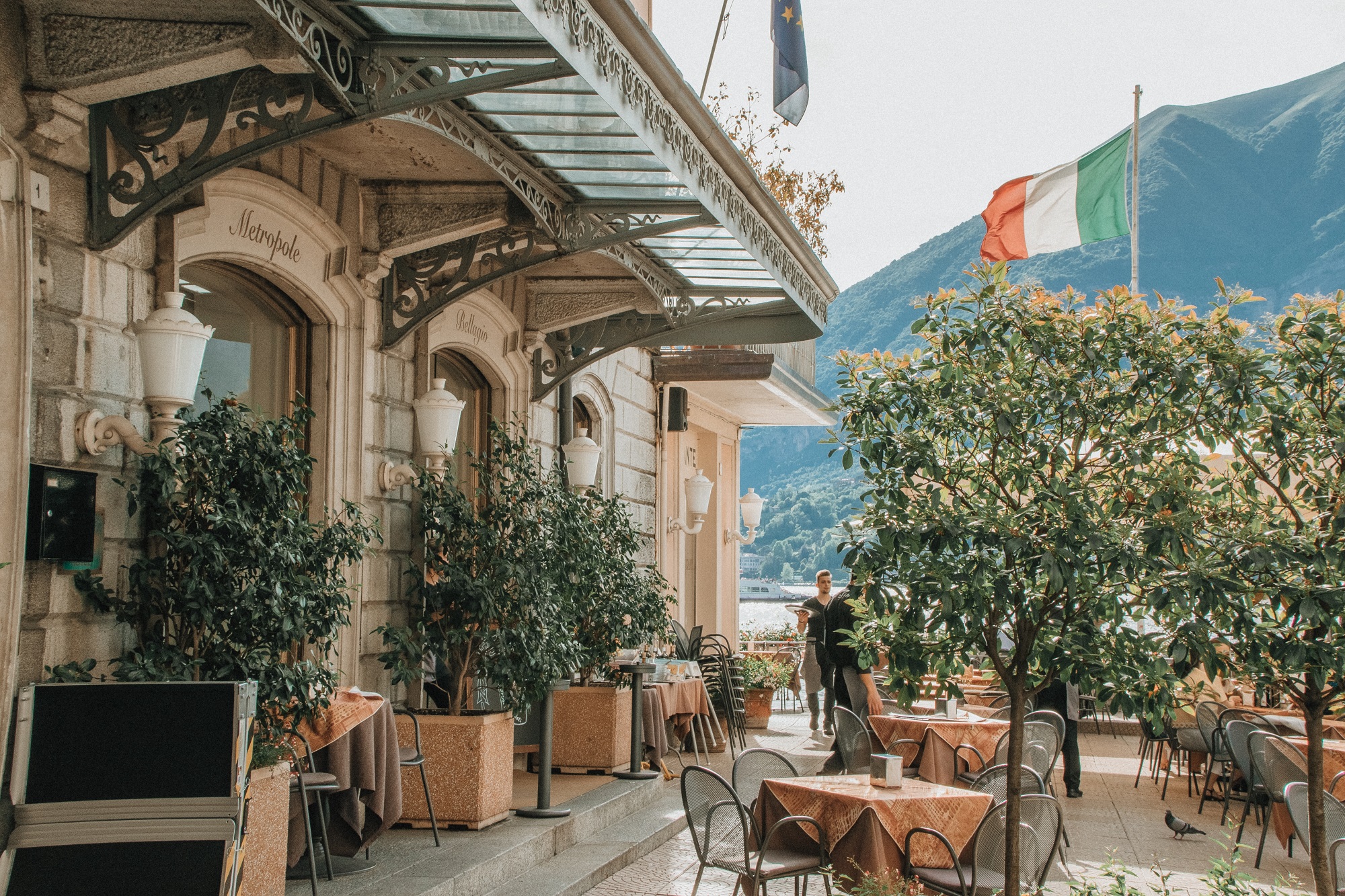Whilst no country will expect a holiday-er to speak their language, it is polite to learn a few simple greetings. This not only makes exchanges easier, but it recognises that you are respecting their culture.
So, you’ve booked your trip to Italy, flights are sorted, day tours are booked, and accommodation handled. What’s next? It’s probably a good idea to start brushing up on those Italian skills. In a country with over 60 million Italian speaking people, there very well may be times when learning a few of the basics can come in handy. Whilst English is the second most spoken language in Italy, a couple Italian greetings under your belt will have you speaking and doing as the Romans do.
Italian Language Facts
- The Italian language only has 21 letters in its alphabet. The letters J, K, W, X and Y are not present in Italian; however, some dialects do use the letters J and K which is why they are used in names.
- The dialects of Italy aren’t actually dialects at all, they are all languages that derived straight from Latin, and the common Italian language used today begun in 13th century Florence.
- Neapolitan is the most spoken dialect in Italy, with over 5 million speakers.
- Italian isn’t just spoken in Italy, in fact it’s the main language spoken in Vatican City, San Marino and even Switzerland.
Greetings and The Basics
Let’s start off with the simple greetings, after all these are the phrases and words, you’ll use the most during your holiday. The great thing about the Italian language is that what you see is what you get, meaning that however a word is spelt, that’s more than likely always the way you pronounce it.
Ciao: Hello
You probably already know this one but in case you forgot here it is. If you want to get a little fancier with your daily greetings though…
Buongiorno: Good Morning
Come stai? How are you?
Bene, grazie: Good, thank you
Grazie: Thank you
Prego: You’re welcome
Arrivederci: See you later!
Buonasera: Good Evening (used during the afternoon siesta when the shop owners go home to eat a meal or take a nap.)
Buonanotte: Good Night (this one is said when you’re done exploring for the night and heading off to sleep.)
Mi dispiace: I’m sorry
Mi scusi: Excuse me (Formal).
Si/No: Yes/No
Aiuto: Help
Travel and Directions
Now that you’ve got the basics down, it’s time to learn your left from right. These phrases are going to help you out when you’re looking for restaurants, attractions or shops. The important thing to remember about the Italian language in this case is that it’s best not to rush through the words, pronounce every vowel! If you’re asking where something is, be particular about it, try to include the name of what you’re looking for in the sentence so Italian speakers know exactly where you want to go.
Lei parla inglese? Do you speak English?
Non capisco: I don’t understand
A destra: To the left
A sinistra: To the right
Dove sono il…? Where is the….?
- Ristorante- Restaurant
- Negozi- Shops
- Gabinetto- Toilet
- Museo- Museum
- Teatro- Theatre
È vicino: It is close
È lontano: It is far
Per favore fermati qui: Please, stop here.
Shopping
Feeling confident enough to browse through the aisles by yourself? The following phrases will help you out when you want to buy something, try to get a discount or “just looking, thanks.” These sentences might be a little longer, but again take your time and you’ll find there quite easy to get through.
Quanta Costa? How much is this?
Dovo sono i camerini? Where are the change rooms?
Posso pagare con la carta? Can I pay with card?
Puoi farmi uno sconto? Can you give me a discount?
Si, lo compro: Yes, I’ll buy it.
Il mercato: The market
Il supermercato: The supermarket
La farmacia: The pharmacy
Sto cercando: I’m looking for…
- Una collana: A necklace
- Una gonna: A dress
- Pantaloni: Pants
- Scarpe: Shoes
Mi piace: I like…
Puoi darmi una borsa, per favore? Can you give me a bag, please?
Dining
Whether you’re planning a fancy dinner out on the town, ordering some of the delicious pastries on display or hitting up one of the many rooftop bars in Rome, these phrases are bound to come up in conversation a few times. If you’re wanting to try your hand at ordering in Italian, asking for the price or just curious about the menus in Italy, then read on.
Menu
Antipasti: Appetisers
Primo: First/ Main Course
Secondi: Second Course
Contorno: Side Dishes
Insalta: Salads
Dolce: Desserts
Possiamo avere il conto, per favore? Could I have the bill, please?
Posso ordinare…? Can I order…?
Posso ordinare un dolce? Can I order a dessert?
Il conto: The bill/check
Possiamo avere una tavolo per…? Can we have a table for (enter number of people here)?
- Uno: One, Due: Two, Tre: Three, Quattro: Four, Cinque: Five, Sei: Six, Sette: Seven, Otto: Eight, Nove: Nine, Diece: Ten
Where to practice your Italian in Italy?
When you’ve finally hopped on the plane and made your way to the Eternal City, it’s quite possible you’ll feel nervous about putting your Italian skills to the test. Take comfort in the fact that native Italians will appreciate you trying to learn the language and will be patient while you try the longer sentences. You can try this out in bakeries, restaurants and even in your hotel. Travel out to the less touristy spots like the neighbourhood of Trastevere where you’ll find more native Italian speakers. While it means that you’ll need to get out of your comfort zone, Italians are a laidback people at heart and will give you some tips on how to pronounce the words properly.
Explore Our Popular Italian Tours
-
Pompeii Tour from Rome
12 Hours
€152
See More -
Amalfi Coast Tour from Naples
8 Hours
€105
See More -
Morning Ancient Rome & Colosseum Tour
2.5 Hours
€72
See More -
Morning Vatican & Sistine Chapel Tour
3 Hours
€85
See More





